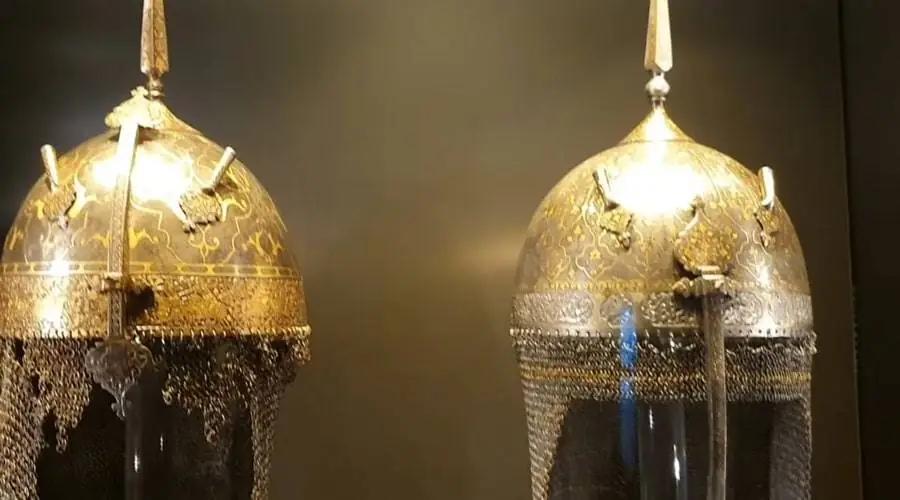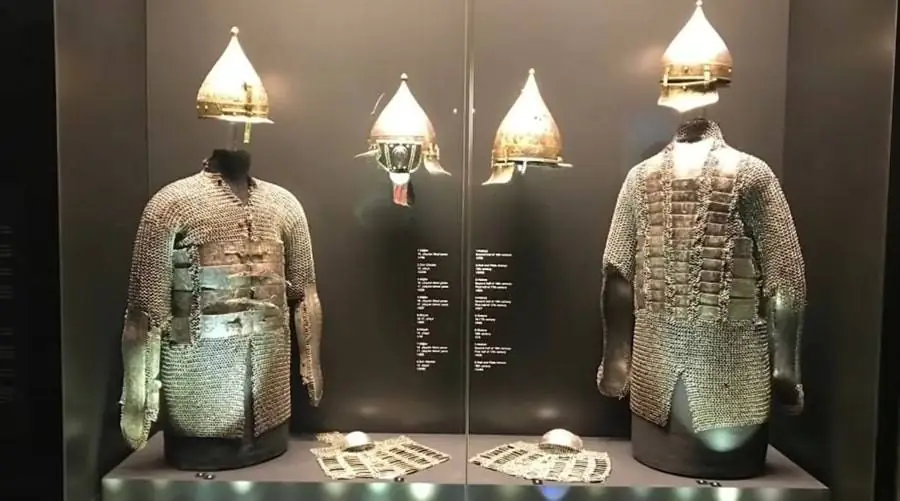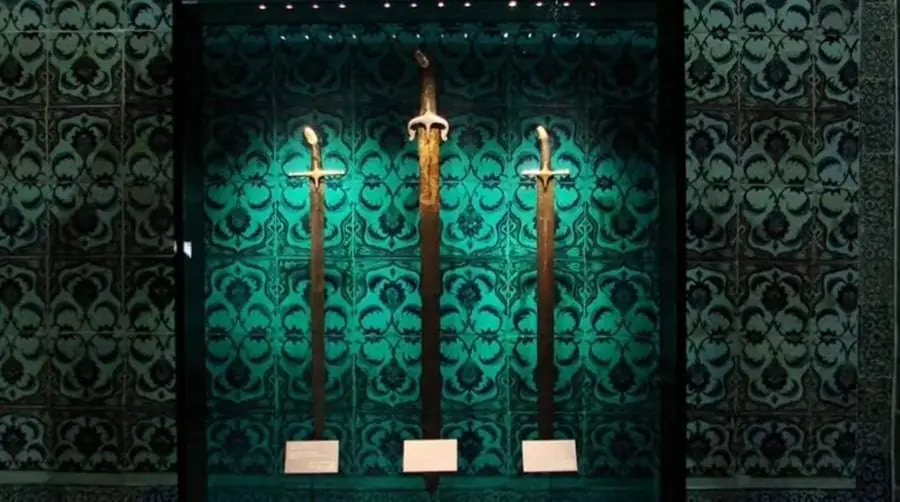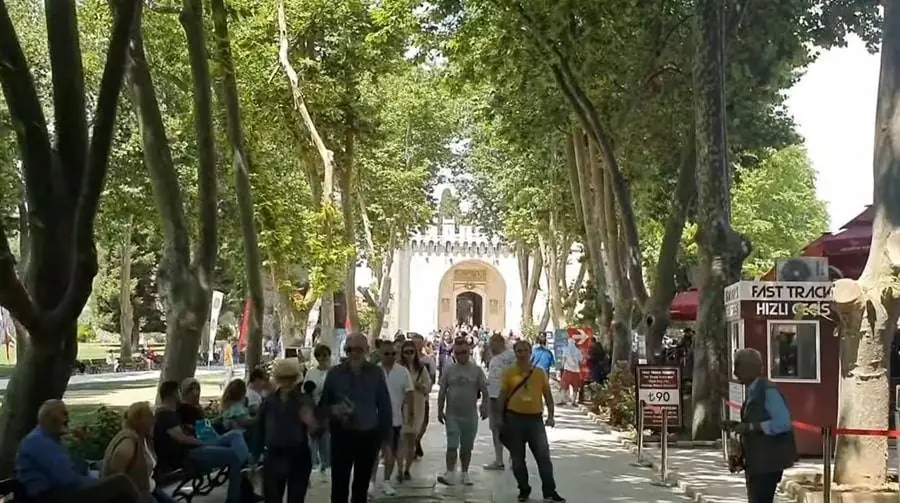Standing sentinel over Istanbul’s historic peninsula, Topkapi Palace Museum whispers tales of Ottoman grandeur. This magnificent complex, once the heart of a vast empire, now offers a captivating glimpse into the rich tapestry of Ottoman history and culture. This article delves into the museum’s treasures, exploring its fascinating past, architectural marvels, and enduring cultural significance.
History of Topkapi Palace
Commissioned by Sultan Mehmed the Conqueror in 1465, Topkapi Palace served as the administrative and residential center of the Ottoman Empire for nearly four centuries. This sprawling complex, aptly named “Topkapi” meaning “Cannon Gate,” witnessed the rise and fall of sultans, housed generations of the imperial family, and served as a stage for momentous events that shaped the course of history. Following the decline of the Ottoman Empire, the palace was transformed into a museum in 1924, opening its doors to the public to reveal the secrets it held within.
An Architectural Masterpiece
Topkapi Palace is a testament to Ottoman architectural mastery. Encompassed by imposing fortified walls, the palace complex is divided into four main courtyards, each serving a specific purpose. Visitors enter through the majestic Bab-ı Hümayun (Imperial Gate), leading to the First Courtyard, showcasing administrative buildings and the iconic Hagia Irene Church. The Second Courtyard houses the Imperial Treasury, home to dazzling jewels and priceless artifacts.

The Third Courtyard, the heart of the palace, boasts the exquisite Throne Room and the Sultan’s private quarters. Finally, the secluded Fourth Courtyard, accessible only with a separate ticket, reveals the opulent world of the Harem, the living quarters of the Ottoman sultans’ wives, concubines, and children. This meticulously planned layout reflects the hierarchical structure of the Ottoman court and the separation between public and private life.
Exhibits and Collections
Topkapi Palace Museum houses a staggering collection of artifacts, each offering a unique window into Ottoman history and culture. Visitors can marvel at exquisite Iznik ceramics, intricately woven carpets, and breathtaking calligraphy masterpieces. The Imperial Armory showcases a fearsome array of weaponry, including ornately decorated swords, menacing maces, and gleaming suits of armor.

The Holy Relics Chamber houses Islamic treasures, including the Prophet Muhammad’s cloak and footprint. These diverse collections not only showcase the artistic achievements of the Ottoman era but also provide insights into the empire’s military prowess, religious beliefs, and daily life within the palace walls.
The Sultan’s Residence and Harem
Beyond the public spaces lies the captivating world of the Sultan’s residence. The lavishly decorated chambers offer a glimpse into the opulent lifestyle of the Ottoman rulers. The exquisite tilework, intricate woodwork, and opulent furnishings paint a vivid picture of imperial luxury. A separate ticket allows exploration of the Harem, a labyrinthine complex housing the quarters of the sultans’ wives, concubines, and children. The intricately designed apartments, baths, and gardens offer a glimpse into the lives of the women who wielded considerable influence behind the scenes of the Ottoman court.
Topkapi Palace Treasures

The palace is renowned for its collection of breathtaking treasures, many adorned with dazzling jewels and precious metals. The Spoonmaker’s Diamond, a mesmerizing pear-shaped gem, and the Topkapi Dagger, a jewel-encrusted weapon, are among the most coveted pieces. These treasures not only showcase the wealth and craftsmanship of the Ottoman Empire but also hold symbolic significance, reflecting the power and prestige of the sultans.
Planning Your Visit

Topkapi Palace Museum is a must-visit for any traveler to Istanbul. Opening hours and ticket prices can be found on the museum’s official website. Given the vastness of the complex, comfortable shoes and sun protection are recommended. Audio guides are available in multiple languages, and guided tours offer a deeper understanding of the palace’s history and significance. Reviews from past visitors consistently highlight the awe-inspiring experience of exploring this iconic landmark.
Guided Tours and Educational Programs
The museum offers a variety of guided tours, catering to different interests. Thematic tours explore specific aspects of the palace, such as the Harem or the Imperial Treasury. Family-friendly tours are also available, engaging younger visitors with interactive activities.
Additionally, the museum hosts educational programs, including lectures by scholars and workshops on Ottoman art and culture. These programs enrich the museum experience by providing a deeper understanding of the historical context and cultural significance of the palace and its collections.

